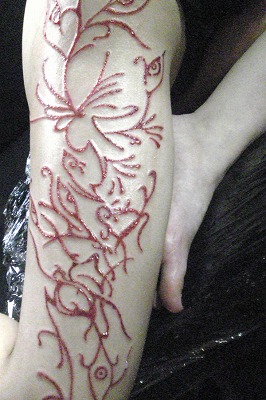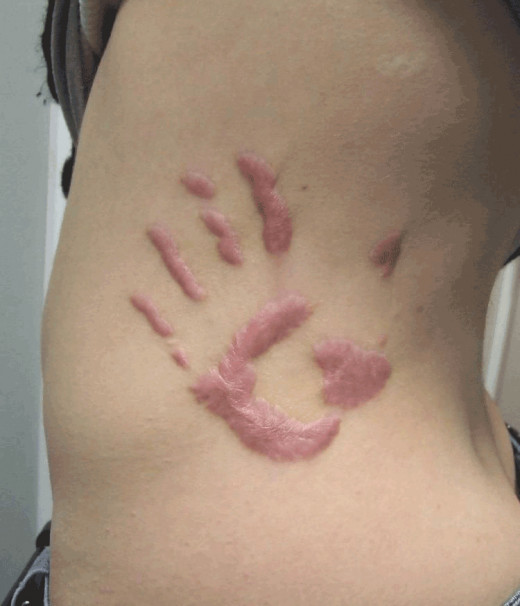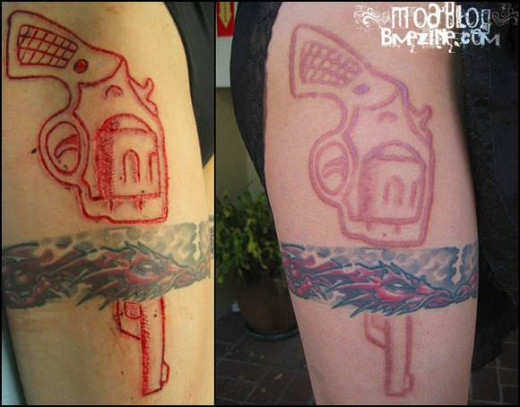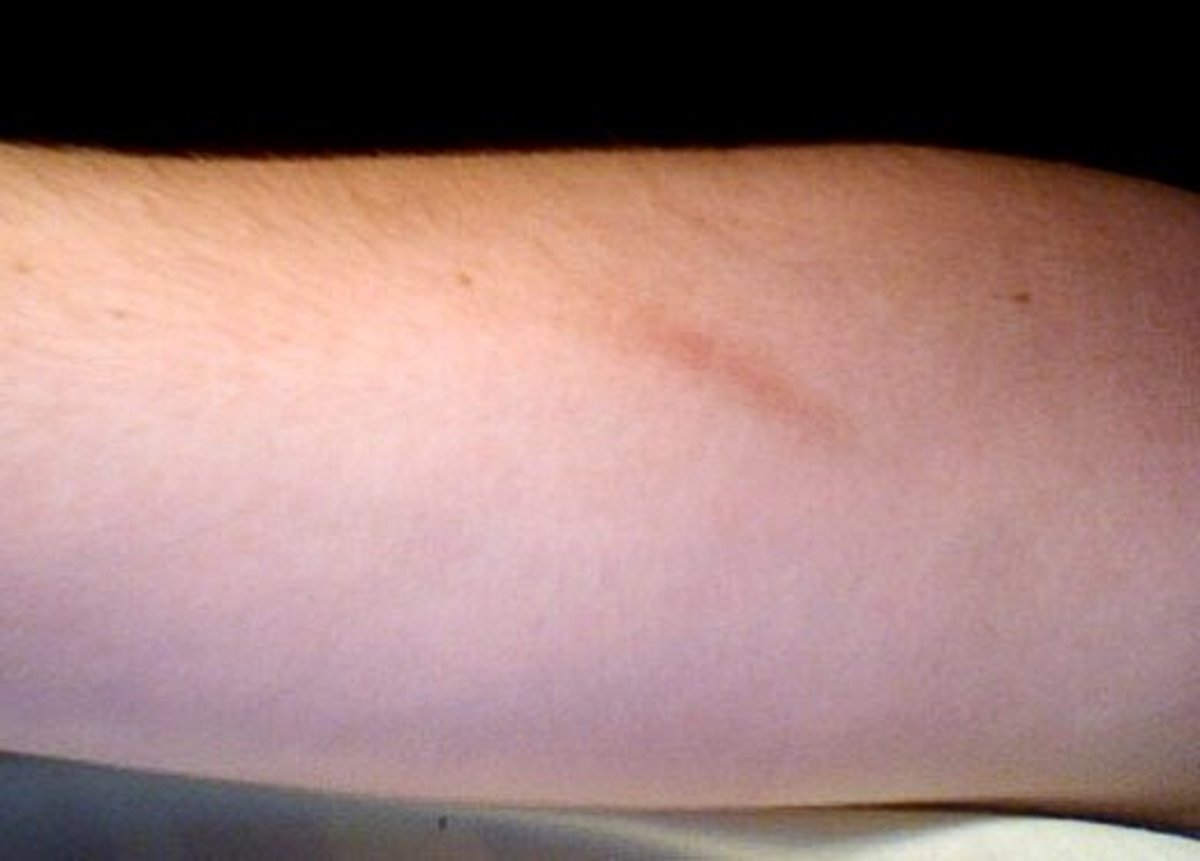An Insight on Scarification



Scarification is a form of body modification where you create a lasting image on your body in the form of a scar. There are many ways to create the scar, the things we most fear in life, some use to create this form of art on their bodies.
Scarification was used in ancient times, and even in the past few 100 years in tribes as a form identity or rite of passage. In the 80's scarification gained popularity during the body modification movement, starting in San Francisco.
This is a dangerous method of self- expression and yet more and more individuals are choosing to do this. There are many ways to achieve a scar, but each person's body reacts to trauma differently and the scar that is left is unpredictable.
Cutting: A razor blade is used to cut a precise image on the body. Usually leaving thin pinkish scars.
Branding: A piece of metal is heated and pressed on the skin leaving a welted scar.
Strike Branding: A thin piece of metal is heated leaving a scar. This is repeatedly done until the image forms. Usually creating a larger image and more pronounced scars.
Skinning: A razor is used to cut out an image on the skin. Once the skin is cut, the top few layers of skin will be peeled away leaving a large area with out skin, this creates a massive scar, and is one of the most dangerous methods in scarification. The chances of infections are monumental.
Laser Branding: Also known as "electrocautery branding" is where electric sparks jump from the electrocautery unit to the skin, vaporizing the skin. This method is more controlled and precise, being able to judge how deep it penetrates the skin and the damage being done.
Cold Branding: Where a substance such as Liquid nitrogen is used to cool down a piece of metal and then placed on the skin. This method is not used that often, but it will not create any keliods. Often times this method is chosen what a person wants a hand print scar.
Abrasion: This method is used where a scar is made by removing layers of the skin using friction. Most use this method along with one of the other forms I have listed above. The scar left from the abrasion method can be done using sandpaper or a needle where it is scraped along the surface of the skin repeatedly, leaving a scar resembling road rash.
.Chemical Abrasion: Where corrosive chemicals are used to remove skin and induce scaring and skin removal. This is a dangerous method that has not been done very often and can be highly dangerous.
Scarification is dangerous, as is anything that causes harm to the body or leaves open wounds. The main problem is, there is no true training for this, and the only true "experts" in this are tribe members in New Zealand, New Guinea and Australia where scarification has been used as a part of their lives for centuries, being passed down from family to family. New forms of body modifications are constantly popping up around the world, and for those people who want to try these new things, they are often the ones who discover the dangers of it.
With Scarification, the final result is based off of controlled healing. Where the healing process is purposely altered in order to take longer, so a more pronounced and colored scar is formed. Since the wounds are often kept in the healing process for so long, the chances of dangerous infections, localized to those areas, is a high risk factor.
It is not advised to do this to yourself unless you have the education of human anatomy especially in the realm of the skin and muscle tissue, and an in depth knowledge of the tools you are using along with the education of infection prevention and sanitation. Doctors are the only true individuals who are capable of doing this. Most doctors refuse to do this. Very few tattoo artist will also agree to perform this on people. Though, there are some who have educated themselves in this process. If you want to get scarified, take the proper precautions and do plenty of research on the person and the facility before hand, and always keep in mind the risks involved.







